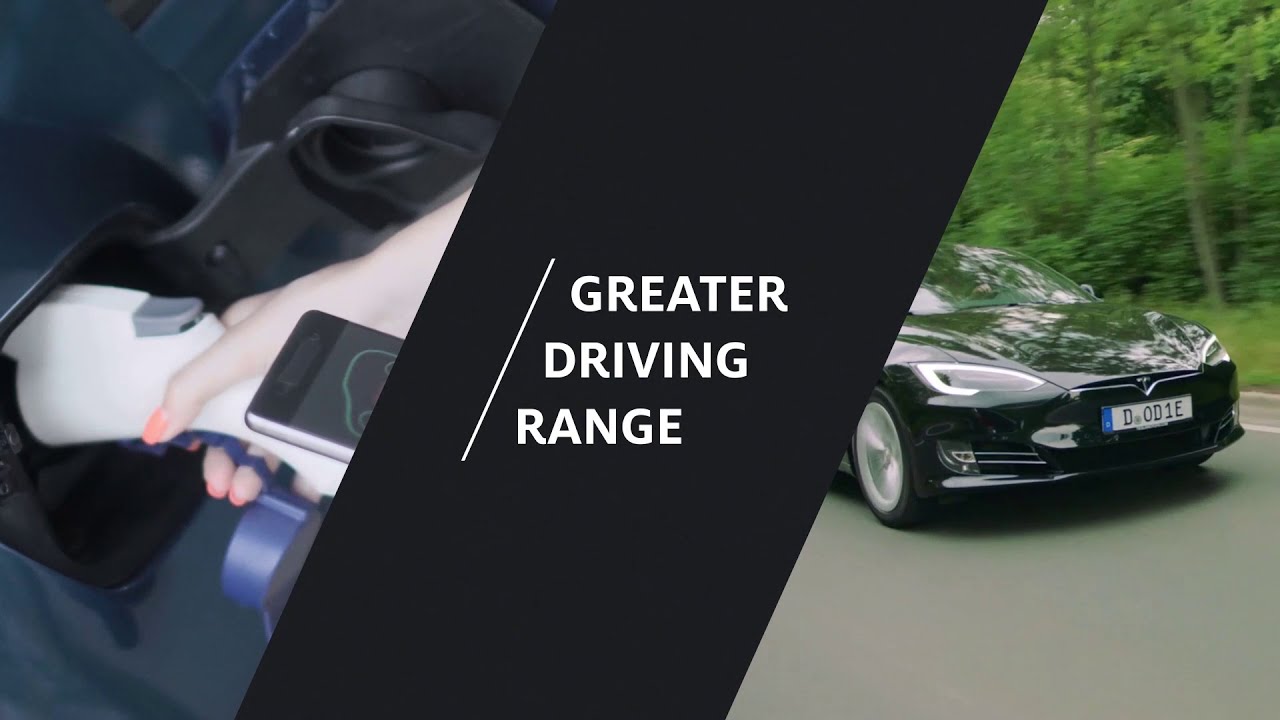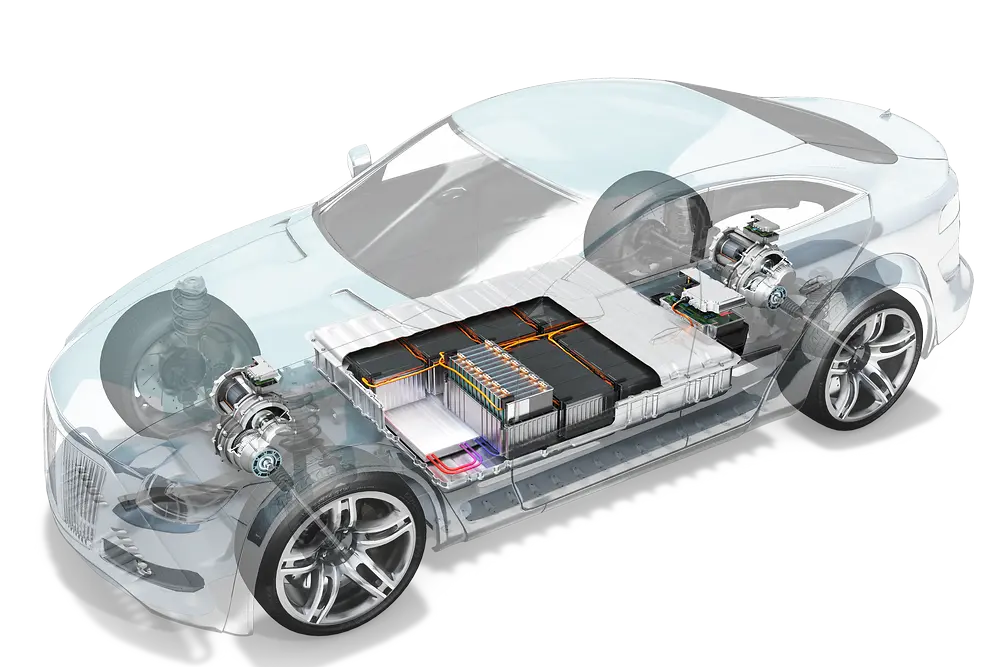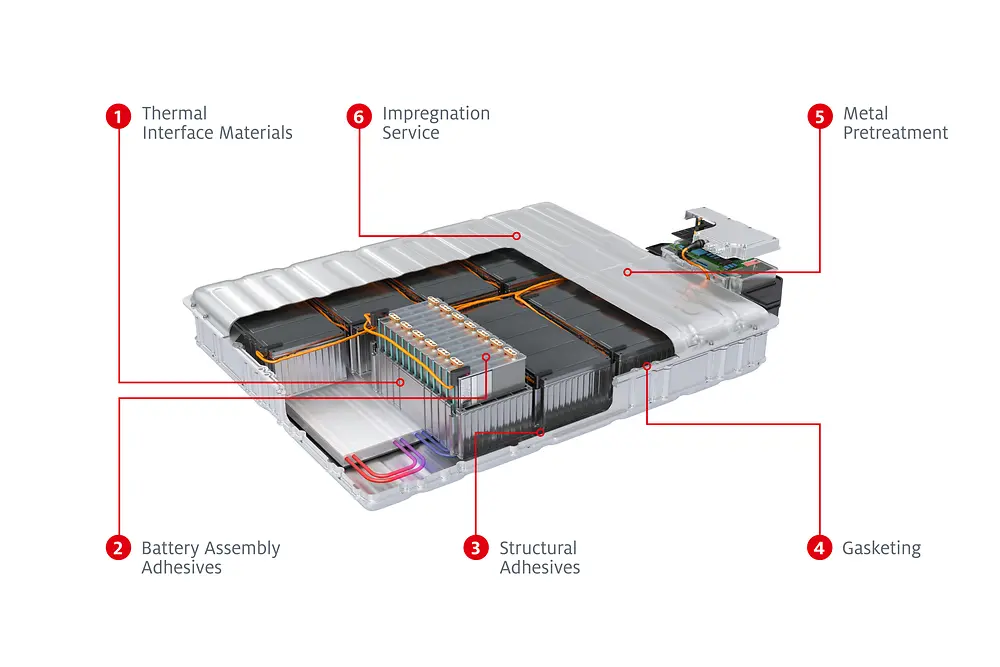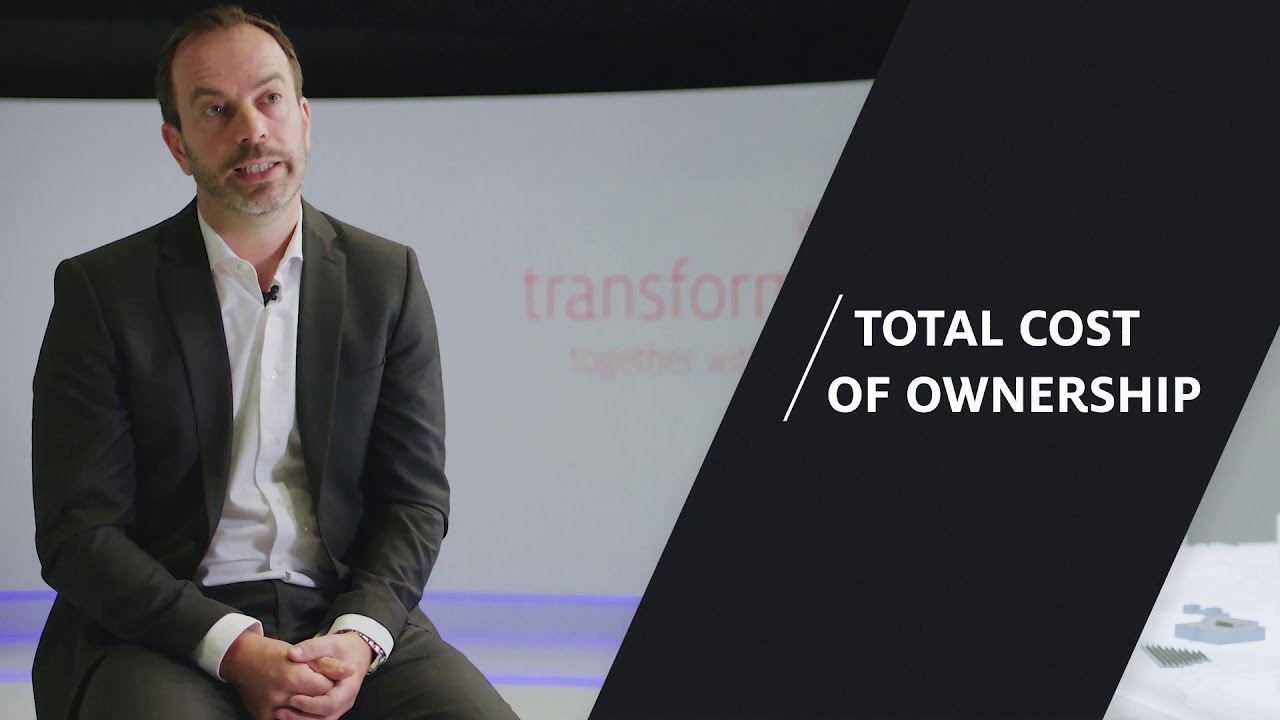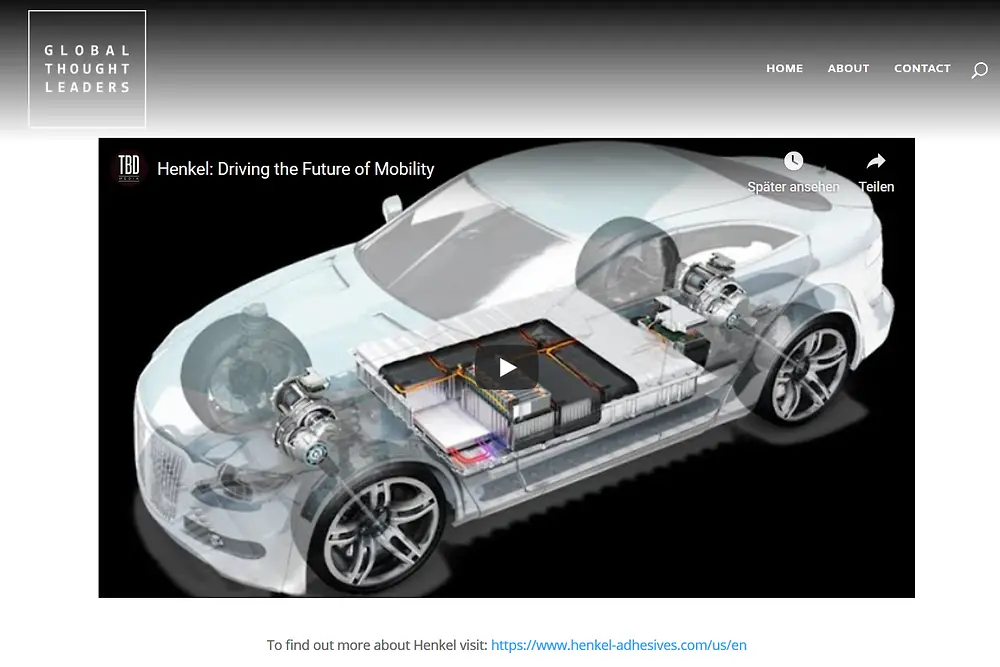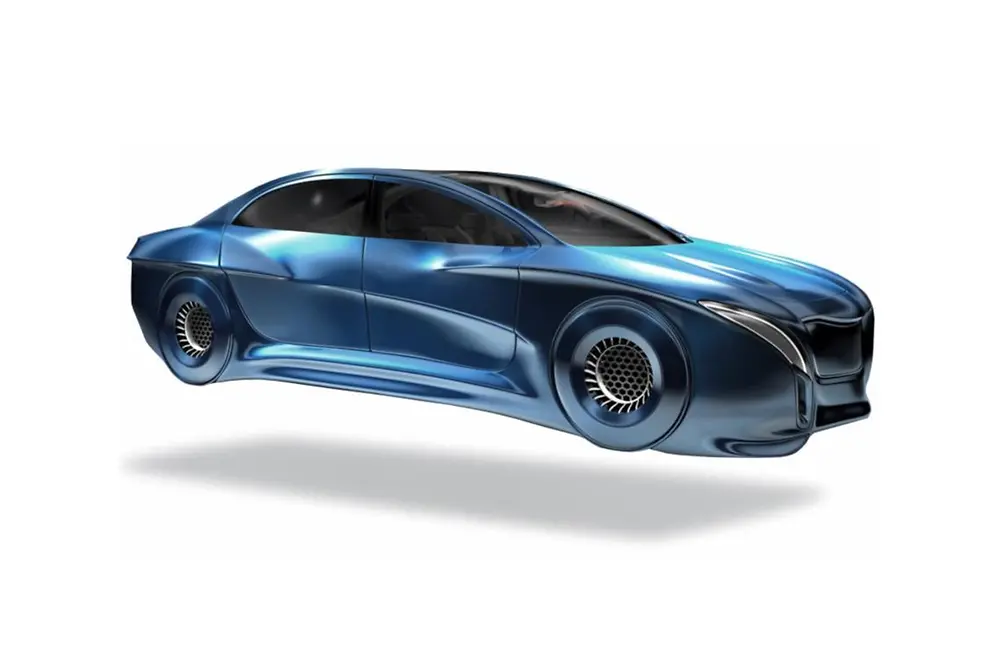eMobility is an increasing market. Electric vehicles are taking over our streets – from hybrids that feature both an electric engine and a traditional combustion engine, through to fully electric vehicles with battery cases.
Experts predict that global production of electric vehicles will rise from 5 million per year in 2018 to 18 million per year in 2024, and 250 new models of electric cars are expected to be launched between mid-2019 and the end of 2020.
As a result of the growth of the eMobility industry, it’s estimated that a quarter of all cars produced worldwide will have an electric engine by 2025. That’s why carmakers are turbo-charging their efforts to respond to this transportation transformation towards eMobility.
Constantly increasing focus on tackling climate change, cutting vehicle emissions and improving air quality is fueling this transformation. Alongside new laws and regulations, changing consumer expectations are also accelerating the switch to eMobility. However, companies in the electric car industry are only at the beginning of their journey toward meeting these expectations. Many of the biggest challenges they face are related to electric vehicle batteries:











